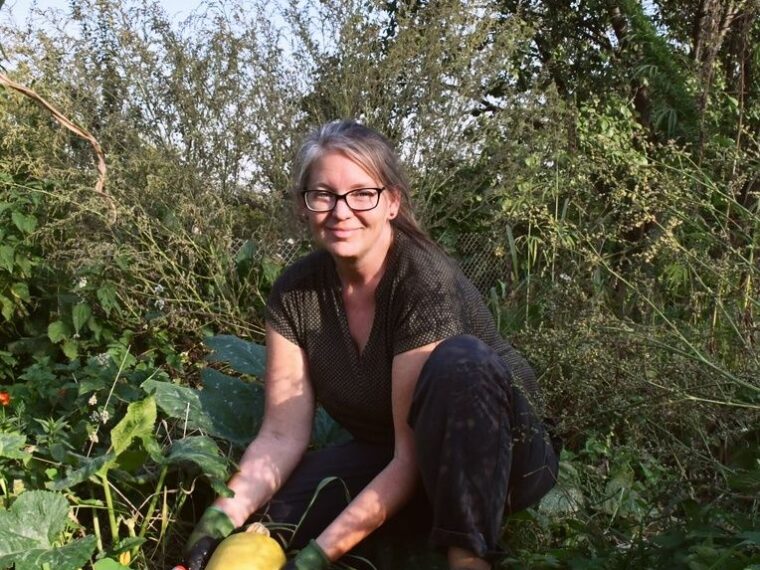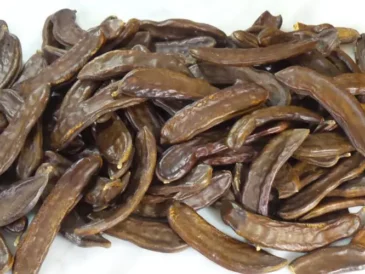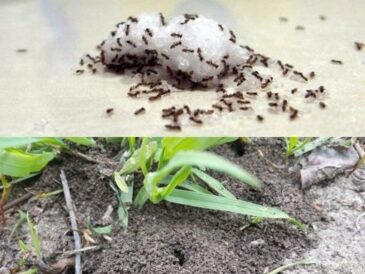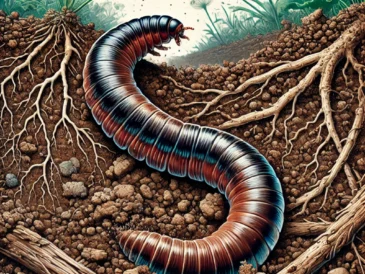A no-dig garden offers an eco-friendly, low-maintenance approach to gardening that promotes healthy soil and abundant crops. However, just like any other gardening method, maintaining a no-dig garden requires timely actions to ensure its success. As the seasons change, there are critical tasks to keep your no-dig garden thriving. Here’s a detailed guide to the most important jobs you should tackle right now.
1. Assess and Replenish Mulch Layers
No-dig gardening relies heavily on mulch to suppress weeds, retain moisture, and enrich the soil.
- Check Mulch Thickness: Ensure that your mulch layer is at least 3–4 inches thick. This could be straw, wood chips, or compost.
- Top Up Mulch: Add more organic matter to maintain the protective barrier. Use autumn leaves, aged manure, or grass clippings for additional nutrients.
- Avoid Mulch Overcrowding: Keep the mulch away from the base of plants to prevent rot and pest infestation.
2. Inspect and Maintain Soil Health
Healthy soil is the foundation of any garden, especially a no-dig one.
- Apply Compost: Add a fresh layer of compost to the garden beds to provide nutrients for the upcoming planting season.
- Aerate with Worms: Encourage worm activity by adding kitchen scraps or organic matter. Worms naturally aerate the soil, boosting its fertility.
- Check pH Levels: Use a soil testing kit to ensure the pH is balanced. Amend the soil with lime or sulfur if necessary.
3. Remove Weeds and Debris
While a no-dig garden minimizes weeds, some may still sneak through.
- Hand Pull Weeds: Remove weeds gently, ensuring you don’t disturb the soil layers.
- Dispose of Dead Plants: Clear away spent crops and plant debris to reduce the risk of pests and diseases.
- Compost Green Waste: Add weed-free organic debris to your compost pile for future use.
4. Plant Cover Crops or Green Manure
To maintain soil health during the off-season, consider planting cover crops or green manure.
- Benefits of Cover Crops: They protect the soil, fix nitrogen, and prevent erosion.
- Best Choices: Clover, rye, and vetch are excellent options for no-dig gardens.
- Cut and Leave: When the cover crops mature, cut them down and leave them on the surface to decompose naturally.
5. Plan Crop Rotation for the Next Season
Even in a no-dig garden, crop rotation is vital to prevent soil depletion and pest problems.
- Map Out Beds: Decide which crops will follow the current ones based on nutrient needs. For example, plant legumes after heavy feeders like tomatoes.
- Maintain Diversity: Mix companion plants to support pest control and improve soil fertility.
6. Protect the Garden from Harsh Weather
TO CONTINUE READING THE ARTICLE PLEASE SEE PAGE 2




